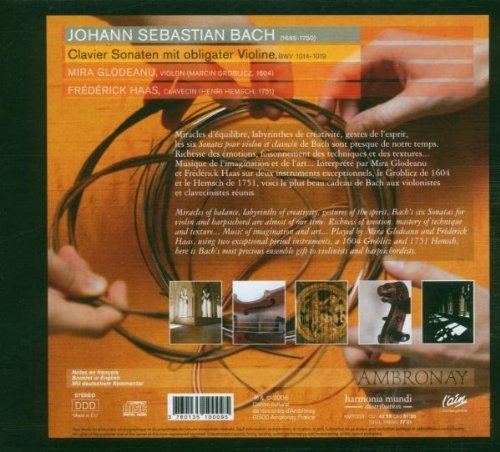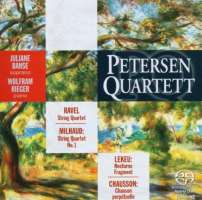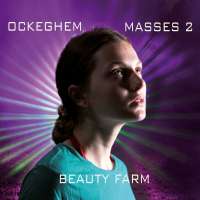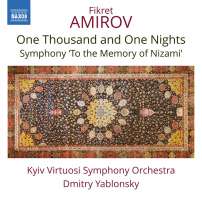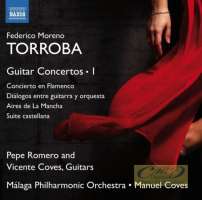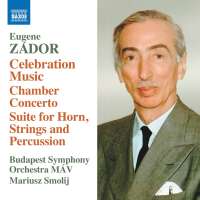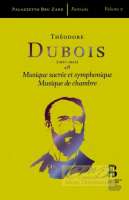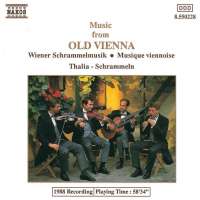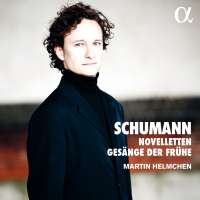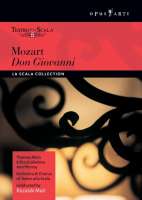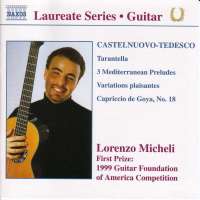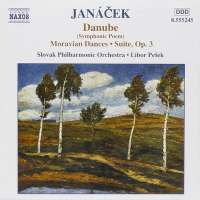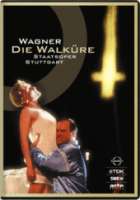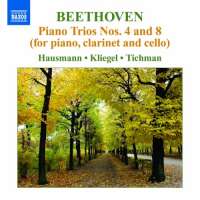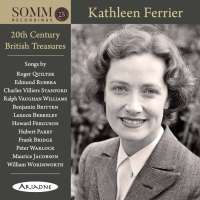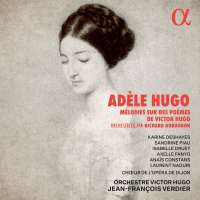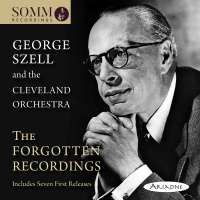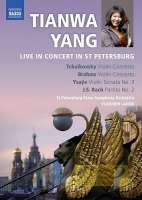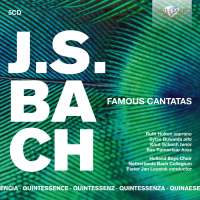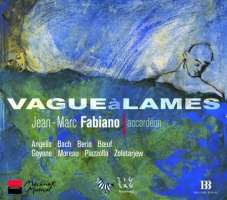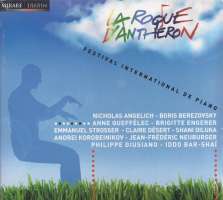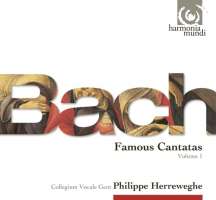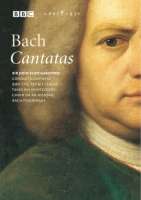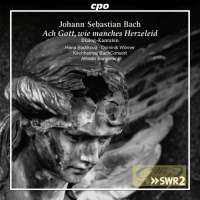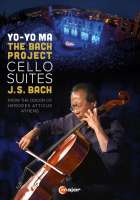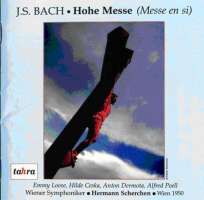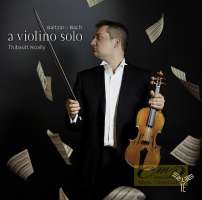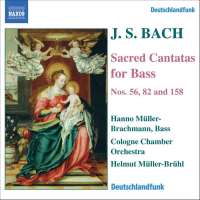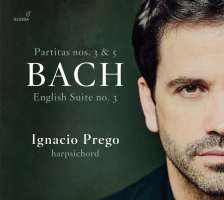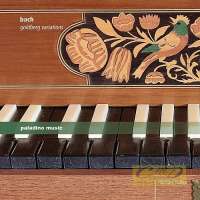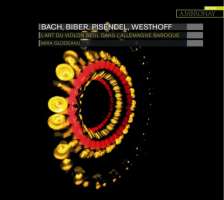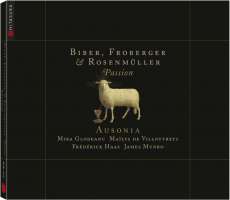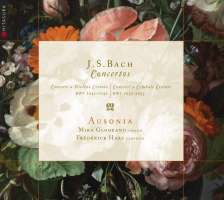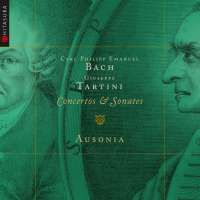
kompozytor
Bach, Johann Sebastian
tytuł
Bach: Clavier Sonaten mit obligater Violine
wykonawcy
Glodeanu, Mira
nr katalogowy
AMY 009
opis
Johann Sebastian Bach was 18 years old when he returned to his native Thuringia after graduating from the Lüneburg grammar school. After unsuccessfully applying for the position of organist in the village of Sangerhausen, he entered the service of the ducal court in Weimar. He is employed as a violinist, but the entry behind his name in the payroll of the court is "Lakai"
• Bach, J S: Sonata for Violin & Harpsichord No. 1 in B minor, BWV1014
• Bach, J S: Sonata for Violin & Harpsichord No. 2 in A major, BWV1015
• Bach, J S: Sonata for Violin & Harpsichord No. 3 in E major, BWV1016
• Bach, J S: Sonata for Violin & Harpsichord No. 4 in C minor, BWV1017
• Bach, J S: Sonata for Violin & Harpsichord No. 5 in F minor, BWV1018
• Bach, J S: Sonata for Violin & Harpsichord No. 6 in G major, BWV1019
It is not to be expected, however, that he spent his time stoking fires - the half year of this employment was from March to September 1703, i.e. largely outside the heating period. But joking aside, the musicians were part of the servants at that time. Bach was a violinist at the Weimar court and it was here that he met the virtuoso Johann Paul Westhoff, who composed works for solo violin and was able to create polyphonic effects on the violin using elaborate double stops. Bach's own magnificent compositions for solo violin and solo cello owe a great deal to the meeting of the eighteen-year-old with the experienced soloist. The sonatas and partitas for solo violin, written 24 years after his meeting with Westhoff, still reveal the formative influences of this important German baroque violinist. Bach was particularly praised by his contemporaries for his extraordinarily virtuoso organ playing, but just in view of the technical difficulties of his compositions for violin, one can confidently assume that he was also capable of extraordinary achievements on the violin
His most popular organ work, the famous Toccata and Fugue in D minor, has become the subject of controversial discussions among musicologists in recent years. While some have questioned Bach's authorship in general, others have denied that the composition was originally written for organ - and the discussions have been fuelled by the fact that no original manuscript of the piece has survived. Several music researchers argue that the work is a transcription of a violin piece for organ. Meanwhile, reconstructions of such an original exist... The debate continues and shows With Bach, nothing is impossible!
In his violin sonatas, Bach explores the combination of violin and harpsichord with such skill that the works can be regarded on the one hand as the last and completed blossoms of the trio sonata and apotheosis of the genre - on the other hand, they also point far into the future of the sonatas for solo instrument and piano. His son Carl Philipp Emanuel also attests to this: "They still sound very good and give me great pleasure, even though they are over 50 years old," he wrote in 1774 about the violin sonatas, which he considered to be "the best works of my dear blessed father.
Works:
• Bach, J S: Sonatas for Violin & Harpsichord Nos. 1-6, BWV1014-1019
• Bach, J S: Sonata for Violin & Harpsichord No. 1 in B minor, BWV1014
• Bach, J S: Sonata for Violin & Harpsichord No. 2 in A major, BWV1015
• Bach, J S: Sonata for Violin & Harpsichord No. 3 in E major, BWV1016
• Bach, J S: Sonata for Violin & Harpsichord No. 4 in C minor, BWV1017
• Bach, J S: Sonata for Violin & Harpsichord No. 5 in F minor, BWV1018
• Bach, J S: Sonata for Violin & Harpsichord No. 6 in G major, BWV1019
nośnik
CD
x 2
gatunek
Muzyka klasyczna
producent
Ambronay
data wydania
26-12-2016
EAN / kod kreskowy
3760135100095

(Produkt nie został jeszcze oceniony)
cena 149,00 zł
lubProdukt dostepny w niewielkiej ilości.
Wysyłka w ciągu 3 dni roboczych
Darmowa wysyłka dla zamówień powyżej 300 zł!
Darmowy kurier dla zamówień powyżej 500 zł!
sprawdź koszty wysyłki